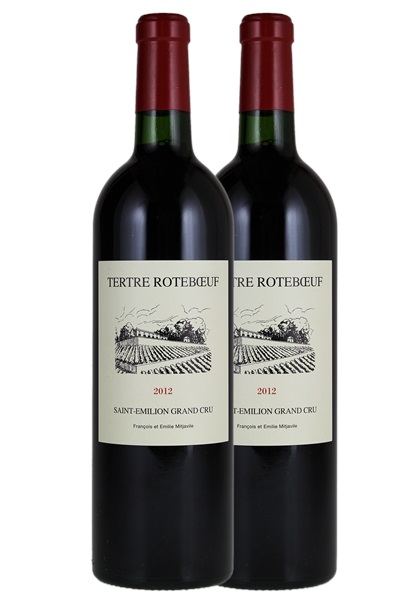Estimate


Offering tons of exotic cassis and jammy black cherry fruits as well as more nuanced smoked earth, tobacco, truffle, and licorice aromas and flavors, it’s full-bodied and concentrated on the palate, yet stays weightless and elegant, with fine, fine tannin and incredible purity.
... Remarkably vivid for such a big, super-ripe wine, the 2012 boasts superb nuance and delineation from start to finish. Dense, powerful and explosive... a real head-turner...
Sweet and round and hugely distinctive. Lightly grainy on the end...charcoal note on the end, but it is long.